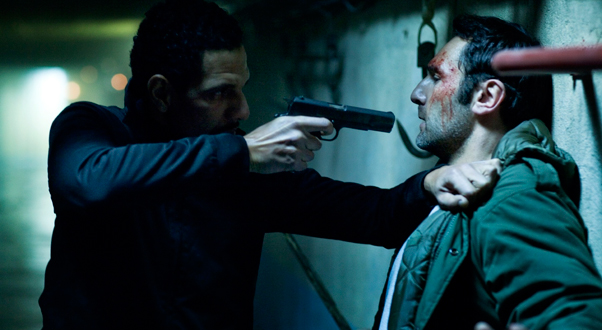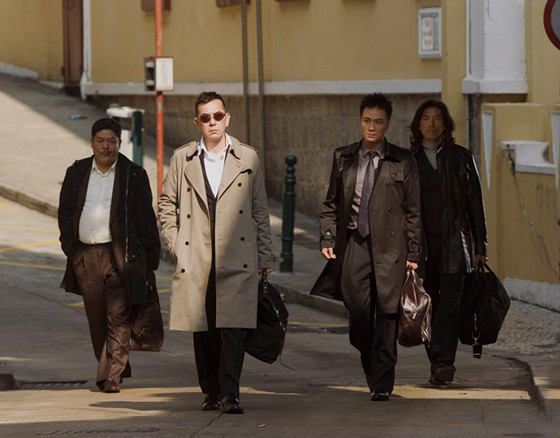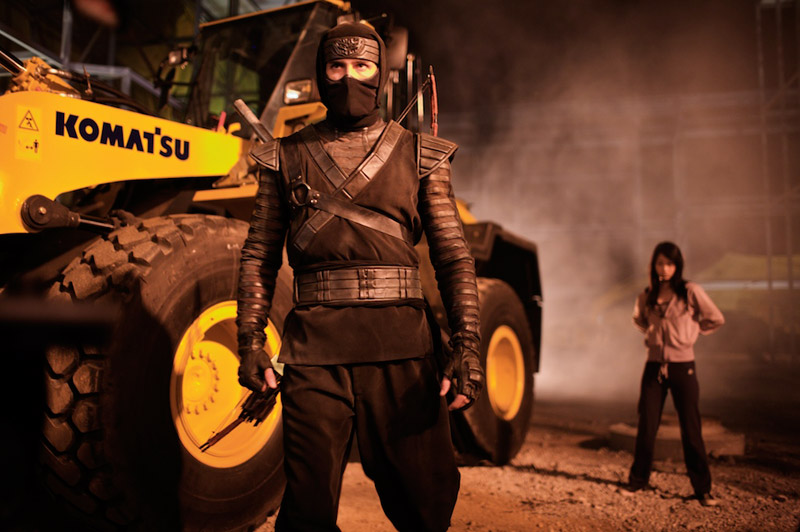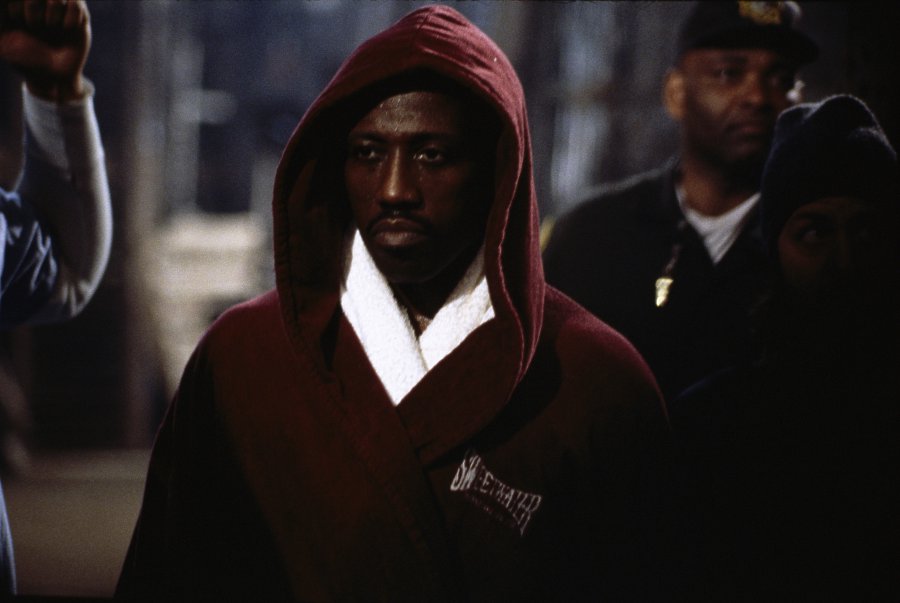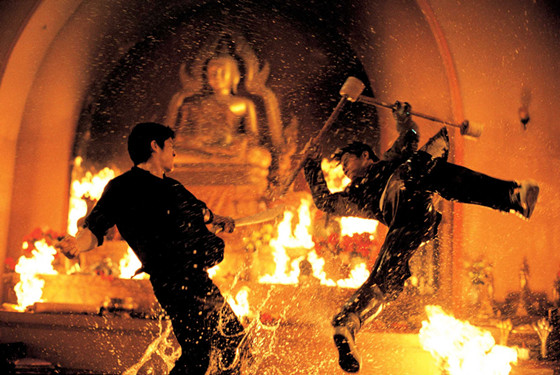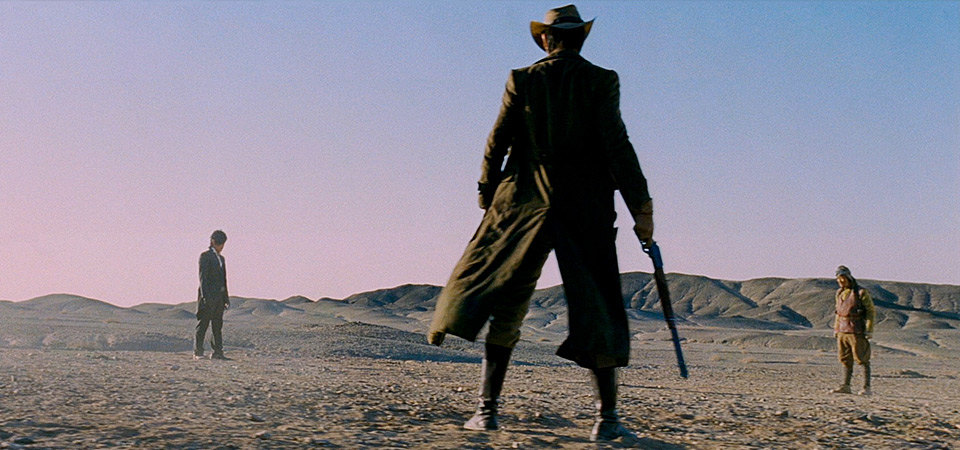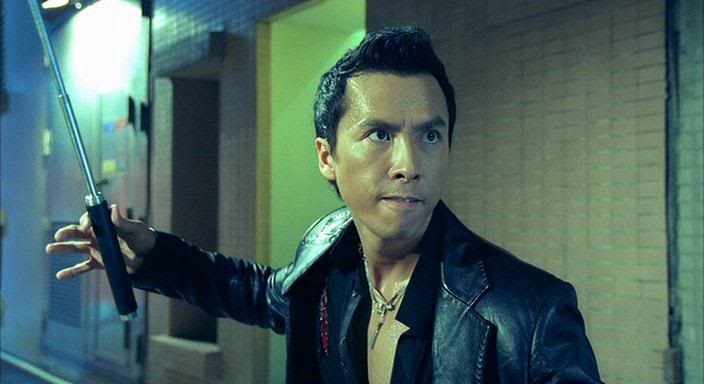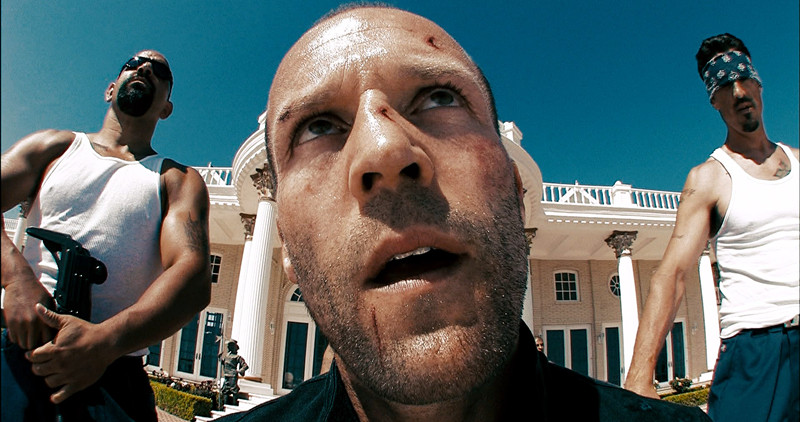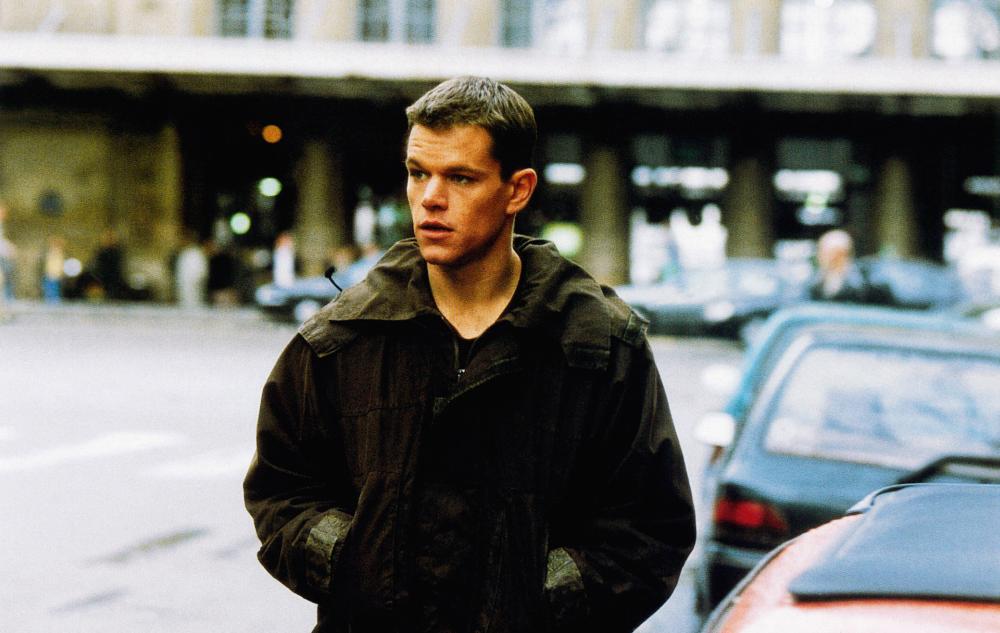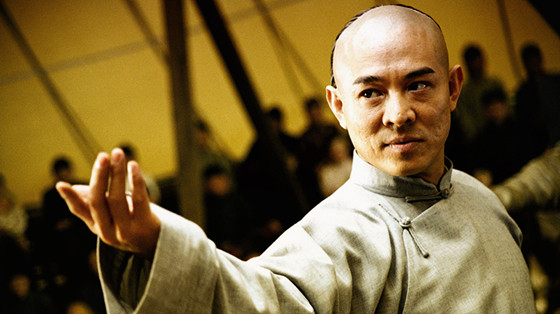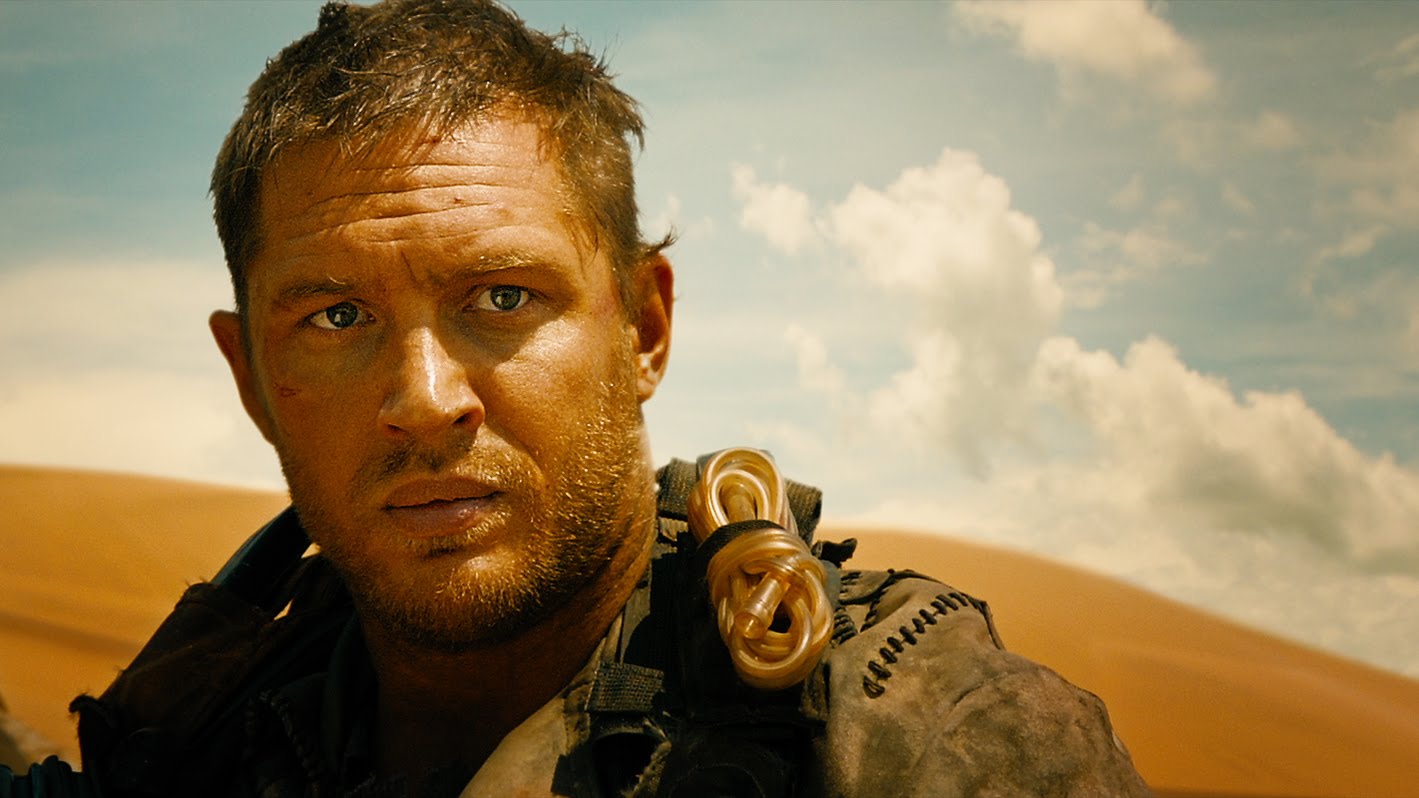
Like horror, there’s a universality to the action genre that transcends language and culture. I find that the best action films engage viewers despite the plot. As someone who grew up in the east (sort of), I had access to the best of Hollywood, but also Asia and Europe as well.
Even seeing foreign language films without subtitles didn’t ruin the action, especially when the action itself would tell a story. The passion only grew once I relocated and studied cinema. After working for a production company post-film school, I found nothing but respect for the all those men and women who put their bodies on the line to deliver best action.
I love action films. Hands down, it’s my favorite genre of cinema. So to pick only 20 of the best films of the 21st Century was tough, as I could’ve easily made this list longer. I’ve made some glaring omissions on this list, but that’s what made it fun (and quite painful).
So before anyone blasts me for not including something like the Marvel films or at least “The Avengers,” just know I’ve considered them (especially the aforementioned), but didn’t make the cut. Definitely let me know what titles I’ve missed in the comments below, and I hope they’re films that I haven’t seen before, since I’m all about the discovery as well.
20. Point Blank (2010, Fred Cavayé)
A few years back, France had released several action films that were finding a small audience with the film community. “Sleepless Night” and the pair of “Mesrine” films are some titles definitely worth checking out. However, the one I’m championing is “Point Blank.”
Unrelated to 1967 film starring leaving Lee Marvin, this French action thriller literally starts moving as soon as it begins. This film is about a nurse named Samuel (Gilles Lellouche) who saves incapacitated patient/thief named Hugo (Roschdy Zem) from a possible hit, only to find that those same people abduct Samuel’s pregnant wife for an exchange.
“Point Break” gets a lot of mileage out of placing this everyman in a terrible scenario. There’s constant tension prior and during the action, utilizing both plot and character to keep this film quite propulsive. The set pieces is are much more smaller and dispersed throughout the film, but “Point Blank” still excites nonetheless.
It’s also worth noting that several sequences are gorgeously shot, such as the opening chase sequence, for example. It’s a brisk 84 minutes that will keep you going and invested in Samuel’s predicament. South Korea remade the film and released it last year. While the fight sequences are a bit better in the remake, it doesn’t have the energy and pulse of the French original.
19. Exiled (Johnny To, 2006)
Four hitmen—Blaze (Anthony Wong), Fat (Lam Suet), Tai (Francis Ng) and Cat (Roy Cheung)—decide to protect their old friend Wo (Nick Cheung) and his family, after two of them were originally sent to dispose of the man. However, they find that protection somewhat difficult when mob boss Fay (Simon Yam) is adamant in killing Wo.
As a filmmaker, Johnny To doesn’t slow down. While the man has many awesome action and crime films to his name (“Breaking News,””Mad Detective,” “Life Without Principle,””Drug War”), there’s a simplicity to “Exiled” that’s both engaging and familiar to those who loved John Woo at his peak.
Aside from similar themes and tropes found in Woo, the shootouts are the definite highlight of this film. Not only are they well choreographed and executed (no pun intended), they’re beautifully shot, especially during scenes lit in chiaroscuro-like fashion.
It’s difficult to also say that this is To’s best action film, since some of his most beloved films definitely do something quite different, especially something like the long-take in “Breaking News.” I’d argue though that this is a great place to start To’s long filmography.
18. Ninja (2009, Isaac Florentine) & Ninja: Shadow of a Tear (2013, Isaac Florentine)
Both “Ninja” films aren’t going to win points for things like acting or story, but the combination of Florentine and Scott Adkins is enough to get action fans excited.
Both films follow a westerner named Casey Bowman (Adkins) who’s lived the dream of many children by studying ninjutsu in Japan, eventually becoming a badass ninja. The first film has Casey protecting his master’s prized ninja armor and his daughter from a rival-turned-assassin, taking the characters from Japan to America.
The film has its moments, but the sequel is where it’s at. Without spoiling a major moment, “Shadow of a Tear” has Casey out for revenge, taking him on a worldwide journey in which he’s simply in rage-mode. Which is great for viewers, since Florentine jacks up the violence and action to the point where he and Adkins put much more emphasis on the brutality of the action sequences.
It’s a definite improvement in both the filmmaking and performance by the pair. Every fight scene in this film is amazing, and many B-movies aren’t on the level of “Shadow of a Tear.”
I have no problem recommending that people skip the first film, but like I said, it has it’s moments. It’s a sentiment I also share for the next entry…
17. Undisputed (2002, Walter Hill), Undisputed 2: Last Man Standing (2006, Isaac Florentine) & Undisputed 3: Redemption (2010, Isaac Florentine)
The first title—directed by the legendary Walter Hill—is not a great film. Featuring a stellar cast—Wesley Snipes, Ving Rhames and Peter Falk among other—“Undisputed” is a straightforward film about two boxers in prison who gear up toward a huge confrontation in the finale.
Sure, there’s more going on in the plot, but it’s essentially structured to build toward what was supposed to be an explosive finale. Overall, it’s a letdown. Hill’s films (or the few I’ve seen) aren’t that overtly complicated in plot or story, and that’s done wonders for him in the past. Not here.
However, I get quite excited when bringing up the two sequels. In “Last Man Standing,” Michael Jai White takes over Rhames’s role, as the character is sent to a Russian prison. While the overall structure isn’t that different from the first film, the action is far superior.
Much like Wesley Snipes, White is an accomplished martial-artists, and the man shines during his fight scenes. Scott Adkins plays the villain—Yuri Boyka—in the sequel, and his scenes are plenty awesome as well, providing a MMA style to go against the protagonist’s boxing background.
In “Redemption,” Adkins’s Boyka returns, this time as the protagonist. Rather than a straight-up “main event” structure, Florentine opts for a tournament-style film that features some of the best, cinematic martial artists from the west.
As a result, our protagonists’s MMA style goes up against several different others, and Florentine keeps each fight interesting enough, without losing attention to Boyka’s arc. The villain is played by Chilean martial artists Marko Zaror, and the man is a definite highlight in film that has plenty of badass fighting.
Overall, when it comes to B-movie/home-video action, if Florentine’s name is attached, then expect some insane fights and sequences.
16. The Protector (Pracha Pinkaew, 2005)
During Tony Jaa’s initial, brief rise in the mid-2000s, “The Protector” had to be the only film to truly live up to the insanity and creativity of his debut film “Ong Bak: The Thai Warrior.” That means, more crazy chases, death-defying stunts and a fuck-ton broken bones, courtesy of Jaa.
In his character’s quest to retrieve his—I shit you not—stolen elephant, Jaa delivers stunts that are quite reminiscent of Jackie Chan’s glory days (Chan himself makes a brief cameo). While the beginning is unbearably slow and the story is quite mediocre, things ramp up after Jaa delivers his first flying knee.
In a film with several awesome action sequences, two stand out. The finale is spectacular in the way it convincingly shows how Jaa can best someone twice his size in a manner that’s both brutal, but also ridiculous. The other action sequence that many champion “The Protector” is the single-take fight sequence that takes Jaa up several floors and baddies, before finally ending with a one-on-one confrontation against Vietnamese martial artists Johnny Nguyen (“The Rebel,” “Clash”).
Even aside from these two moments, Jaa and Pinkaew have his Muy-Thai boxing go against several different styles, both wonderfully choreographed and brutally executed.
15. The Good, The Bad, The Weird (Kim Jee-woon, 2008)
South Korean cinema is no stranger to action. While the choreography and stunt work in fight sequences are exciting to see within several genres, South Korean cinema hasn’t topped or even matched the insane scale and execution that director Kim Jee-woon pulls off in his 2010 “kimchi western.”
An homage through and through, Kim takes the central conceit of Sergio Leone’s “The Good, The Bad, and The Ugly” as the framework to provide some of the best action sequences to ever be featured in a western. Starting with a genre staple—takedown of a train by bandits—Kim then goes off to craft his own unusual adventure deep in the deserts of Manchuria.
Each of the set pieces have a unique feel and flavor to what’s being presented without hardly being dull, using unique locations to their full advantage. There’s a bit of slapstick throughout, much of that due to the charismatic presence of actor Song Kang-ho (playing “the weird), who’s manic yet unpredictable nature causes some of the craziest action sequences in the film.
The action also escalates, culminating in a 20-minute chase in the desert that’s reminiscent of George Miller’s classic “Mad Max” films, through a “spaghetti western” lens. The only downside is that the film drags a bit when it’s not a set piece, but that’s hardly a deal breaker.
14. SPL: Kill Zone (Wilson Yip, 2005)
Before director Wilson Yip and action star Donnie Yen wowed audiences with their “Ip Man” films, their 2005 crime film featured some of the most violent, visceral action sequences for a standard Hong-Kong thriller. The action sequences were choreographed by Yen and Hung (uncredited), and they’re pretty spectacular.
Despite their age, both men demonstrate speed and technique that felt fresh at the time. Throwing some MMA into the into the classical chopsocky style not only keeps things interesting, but adds a bit of credibility to the moves performed by both men.
The person I do wish to highlight in this film is actor Wu Jing. With a background quite similar to Jet Li, Wu Jing is the definite highlight of the film, playing the top enforcer for Hung’s villain. His fight with Yen was reportedly improvised, relying on their training and quick thinking to best the other performer during the take. As a result, the fight feels unpredictable and tense—all the while remaining super badass.
A sequel is being released quite soon that starts Wu Jing and Tony Jaa. If that doesn’t excite you then I don’t know what will. Until then, I definitely recommend this film and 2007’s “Flashpoint.”
13. Crank (Neveldine/Taylor, 2006) & Crank: High Voltage (Neveldine/Taylor, 2009)
Actor Jason Statham in the mid-2000s felt like the decades answer to the big action stars from the 90s. While “The Transporter” was his big break into action (not counting his supporting roles prior) his best work in the genre are arguably with both “The Crank” films.
Playing a hitman who needs to keep his heart rate up to prevent death, Statham embodies and compliments the manic energy in the filmmaking by the directing pair. Shot in Los Angeles, the “Crank” films revel in violence, destruction and depravity with absolute glee that one can’t help but to simply enjoy the ride.
The stunts in both films are both insane and amazing, with stories from the production that just seem crazy. I don’t know of any other production in which one of the directors would rollerblade and film the action in such close proximity, or hang-off the side of a helicopter with their lead as it’s taking off.
Stunt people were injured (automatically making it into the film) and consumer cameras were rigged and destroyed from the crazy production. The DIY approach feels appropriately punk rock for a these crazy films.
While the first entry is a bit more coherent, the sequel is a masterpiece of absolute chaos and insanity that many critics at the time were somewhat right in comparing it to the open-world madness popularized in video games. The comparison doesn’t feel lost, since the pair would explore in their film 2009 film “Gamer.”
12. The Bourne Identity (Doug Liman, 2002)
“The Bourne Identity” is both beloved and somewhat criticized when it comes to modern action filmmaking. On the one hand, it gave the United States their own cinematic spy that felt on par with the iconic British agent, James Bond.
The car chase is intense and energetic, while Bourne himself is swift, but effective killing machine. Reportedly a mix of Kali and Jeet Kune Do, the fighting had been unseen and felt fresh for mainstream audiences. The cat-and-mouse shootout between Clive Owen’s rival spy has it’s own tension in the calm, atmospheric silence.
However, “The Bourne Identity” (and the sequels) became the go-to template for staging and shooting modern action sequences. Thematically, it felt appropriate with that character and that particular film, yet the convoluted, fast-editing style has made it’s way into plenty of modern action films, most notably the “Taken” franchise. That’s why the recent “John Wick” earned so much praise, since that film pulled the camera back and let the action unfold in absolute clarity.
11. Fearless (Ronny Yu, 2006)
If you’re is watching a Hong-Kong, martial-arts film in which the action director is done by Yuen Woo-Ping, then expect some amazing fight sequences by one of the best action choreographers alive. Coupled with the skills and talent of Jet Li, then you know you’re in for a treat.
At the time, “Fearless” was reportedly Li’s final foray into the “Wuxia” sub-genre, so fans were expecting for the man to go out on a high note. That sort of happens, depending on the cut of the film you’ve seen. Personally, I recommend the International Director’s Cut.
But what makes “Fearless” stand out aside from the stellar action sequences is the story and arc of Li’s character, Huo Yuanjia. Audiences get a pretty solid redemption tale about a man who finally finds purpose greater than pride and glory as a fighter. The filmmakers convey that in the dialogue, but more importantly, the action.
As a result, there’s an emotional weight come time for the grand finale, a tournament that pits Huo Yuanjia against an international cast of varying styles and techniques that should get any fan of the sub-genre giddy with joy. Yuen Woo-Ping does something similar with 2010 “True Legend,” but that film has structural problems that drags it down near the finale (while having some solid action).
